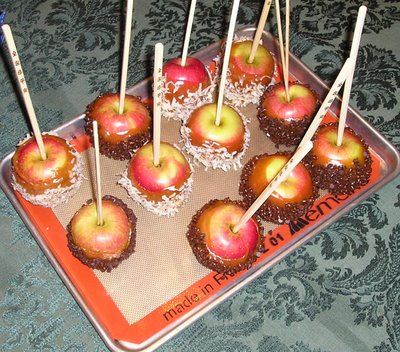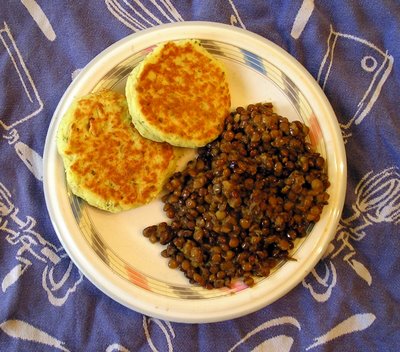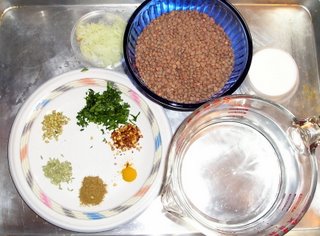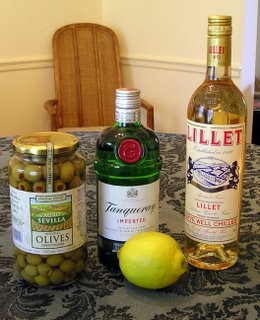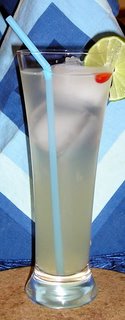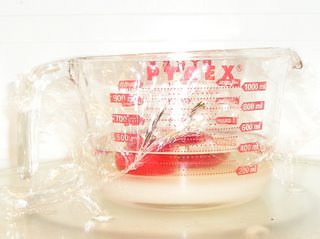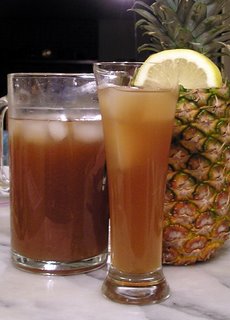Pie and Plaid

N.B.: An ingredient was omitted from the pie recipe when this post was originally published. The recipe is now correct.
Happy Halloween, readers. Tempted as I am to deplore the devolution of an important pagan holiday into a parade of children in bad costumes begging for candy that their parents will then not allow them to eat, I will forbear, mostly because while I have great theoretical respect for the earth-based religions, my practical knowledge of their workings is extremely limited. (I am, on the other hand, more than happy to indulge in a short rant about language and note that of late I have seen numerous examples of people using "forbear" when they mean "forebear." This practice has, in fact, become so common that the descriptivist vermin who edit dictionaries have started listing "forbear" as an alternate spelling for "forebear." "Forbear" and "forebear" are distinct words with distinct meanings. Please use them accordingly. The same rant applies equally to "forego" and "forgo.")
Anyway. Here in suburban Maryland, it is decidedly autumn, and there is something in the air and something in the light that both presages winter and encourages the notion that the veil between the living and the dead might be thinner than usual. It almost seems possible that one might park one's car beside one of the back roads and follow a buck into the woods and wander into the Samhain celebration of a group that is not quite human. Then, of course, the next morning, you would wander back to your car, only to find it gone because twenty years had passed while you were dancing with the faeries. You would have missed out on a whole lot, of course, but you'd look twenty years younger than all your friends, and, after all, nobody parties like the faeries.
Or you could just make some pie. A. has her own small scale baking business going at school, and she had an order from a teacher for two pies, so we made them last night. Or at least we completed them last night. I made the dough for both pies and partially baked the crust for the chocolate pie the previous night.
The chocolate pie recipe is my mother's, and I have modified it only very slightly. Technically, this is really a cocoa pie rather than a chocolate pie, and there may be better chocolate pies in the world, but this is the chocolate pie that I grew up with, and I'm very fond of it. Mom always serves it covered with a layer of Coolwhip or Dream Whip, but I don't. Whipped cream would be a happy addition, though. Mom also puts the batter directly in an unbaked pie crust, but it's really better if you partially bake the pie shell first.
This is another recipe that I've requested from my mother so many times that I'd be embarrassed to ask for it again, so when A. told me that she had an order for a chocolate pie, I told her that her grandmother had a good recipe and that she'd have to email her and ask for it. So Mom got some email, A. got her pie, and I got the recipe. It's win, win, win.
Mom's Chocolate Pie
A partially baked 8" or 9" pie crust
1 c. sugar
1/3 c. cocoa powder
2 T. flour
pinch of salt
1/2 c. milk
1 egg
4 T. butter, melted
Preheat oven to 350 degrees.
Combine sugar, cocoa powder, flour and salt in a bowl. Whisk well so that there are no lumps. Beat the egg and milk together, then add to the dry ingredients. Stir well to combine. Add the melted butter and stir again until combined. Pour the mixture into the partially baked pie shell, and bake until set, approximately 35-45 minutes.
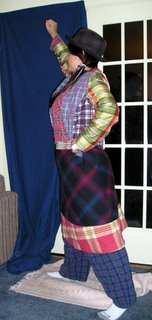 Since this is the holiday of odd costumes and begging for candy, behold Plaidwoman. A. was having a very difficult time coming up with a costume, but she eventually decided that she wanted to be, well, an unusual superhero. Inspired by my recent viewing of Project Runway, I very foolishly volunteered to make her costume for her. Let me just take a moment to note that while I did sew for a couple of weeks in sixth grade Home Ec and while I also made a pair of very easy shorts about twenty years ago, I do not sew. I own a sewing machine, but before two weeks ago, I had done nothing with it except loan it to my mother for her Pennsylvania house. She told me it was a pretty good machine. Accordingly, volunteering to make a jacket and a skirt was probably not the smartest move that I could have made. Nonetheless, I'd said I'd do it, so a few weeks ago, we all went to G Street Fabrics and raided the upholstery remnants for six or seven different plaids. I also ordered some patterns from the Internet.
Since this is the holiday of odd costumes and begging for candy, behold Plaidwoman. A. was having a very difficult time coming up with a costume, but she eventually decided that she wanted to be, well, an unusual superhero. Inspired by my recent viewing of Project Runway, I very foolishly volunteered to make her costume for her. Let me just take a moment to note that while I did sew for a couple of weeks in sixth grade Home Ec and while I also made a pair of very easy shorts about twenty years ago, I do not sew. I own a sewing machine, but before two weeks ago, I had done nothing with it except loan it to my mother for her Pennsylvania house. She told me it was a pretty good machine. Accordingly, volunteering to make a jacket and a skirt was probably not the smartest move that I could have made. Nonetheless, I'd said I'd do it, so a few weeks ago, we all went to G Street Fabrics and raided the upholstery remnants for six or seven different plaids. I also ordered some patterns from the Internet. Anyway, A. was thrilled with her Plaidwoman (in case you're wondering, Plaidwoman's super powers are the ability to wear anything with anything and the ability to make others look terrible) outfit, and while it is really not well sewn, it will at least not fall apart. The sewing process was -- when it wasn't frustrating -- almost enjoyable in an odd sort of way, and, really, what else was I going to do with those twenty hours, anyway? I also, in much less time, made a black cloak for L., who is a witch this year. Cloaks are very easy to make, and I only really screwed up on the lining, which doesn't show and which is still nice and warm even with the terrible construction. I got some pretty neat clasps at the fabric store, and L. is overjoyed with her cloak. I think I have pretty much sewn up (deal with it) the title of Best Dad Ever.
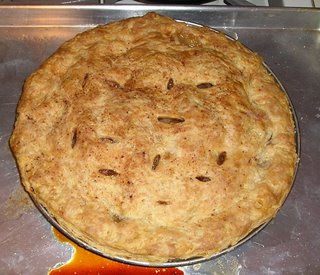 This is the apple pie that A. and I made to complete the order. The supermarkets right now are almost literally overflowing with different varieties of apples (including Honeycrisps, so maybe those four hours that I spent driving to and from the orchard last month were not, strictly speaking, necessary), and we got some nice Cortlands for the pie. We used the recipe from Joy of Cooking and a very rich butter pie crust. A. and I worked together on peeling and slicing the apples and on cleaning the kitchen afterwards. So in the course of one evening, I got to pass a recipe down from my mother to my daughter, and my daughter and I got to bake together. It wasn't exactly piercing the veil between the living and the dead, but it was a very good night.
This is the apple pie that A. and I made to complete the order. The supermarkets right now are almost literally overflowing with different varieties of apples (including Honeycrisps, so maybe those four hours that I spent driving to and from the orchard last month were not, strictly speaking, necessary), and we got some nice Cortlands for the pie. We used the recipe from Joy of Cooking and a very rich butter pie crust. A. and I worked together on peeling and slicing the apples and on cleaning the kitchen afterwards. So in the course of one evening, I got to pass a recipe down from my mother to my daughter, and my daughter and I got to bake together. It wasn't exactly piercing the veil between the living and the dead, but it was a very good night.
